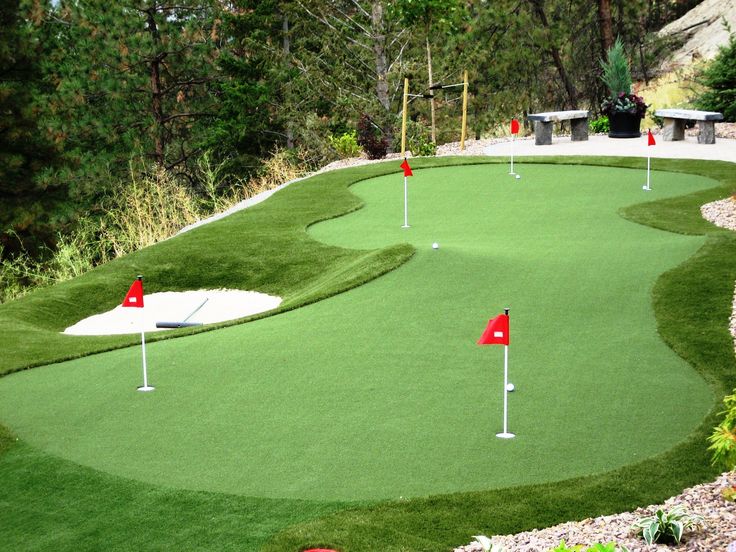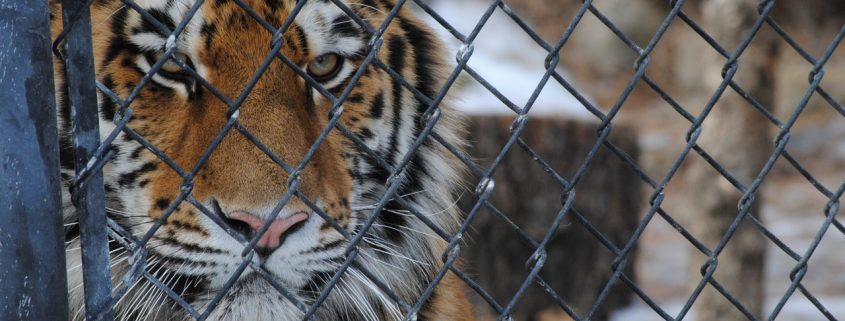Release your caged tiger
.
I recently heard a fabulous analogy to describe how we typically train for golf that explains why we find ourselves struggling when playing in competition. 90% of coaching and training is carried out in a controlled environment, such as at a range or putting green. What we haven’t appreciated is that this is setting us to fail in competition, the reason why I’ll explain using the caged tiger story.

A tiger born in captivity grows up and develops in a safe environment. It is regularly feed and does not fear being attacked or killed by predators. Whereas a tiger born in its natural environment has to seek out its own food source, which might mean it goes for several days without food. It has to adapt to its ever changing environment, seeking shelter wherever it can and remain alert in order to survive being injured or killed.
If you were to take the tiger which has grown up in captivity, in the safety of a zoo and place it in the wild, the chances are it wouldn’t survive for long. Even though it is equipped with the same tools as its wild counterpart; sharp teeth, sense of smell, large claws and ability to pounce. It does not have the skills to deal with a changing environment, the talent to track and capture food or the ability to recognise danger and deal with a possible attack on its life.
So why should we be surprised that practising at the range, in a controlled environment should then equip us to perform well out on the course in competition? As we all know the course doesn’t provide flat lies. Instead we are faced with contours, hills, gusting wind, rough grass, rain, obstacles such as bunkers, water hazards and out of bounds. Like the caged tiger we are placed into a foreign environment and expected to perform at our best.
Yes like the two tigers described above we are equipped with the same tools, how to hold a club, set up and swing, but our lack of skills to deal with the changing environment means we too will struggle to survive. So to release your caged tiger you must change the way in which you practice to develop the skills you will require to succeed. That’s why your training programme should include practice out on the course and being creative with your shots to increase your skill set to enable you to take on the challenges faced in competition. It should also incorporated an element of competition to get the adrenaline kicking in.
If you would like more on how to train effectively book a session with me and lets develop a winning plan to release your caged tiger.
Hope you enjoyed this week’s blog, please do drop us an email and let us know what you think, we would love to hear from you. Why not visit our website
http://www.braintrain4.com/ an





